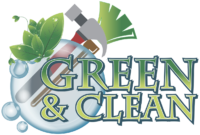Flexible air ducts are a common feature in modern HVAC systems, prized for their affordability and ease of installation. Yet, many homeowners across Northeast Ohio—particularly in counties like Lake, Cuyahoga, and Summit—often wonder whether these ducts can be cleaned effectively and safely. The short answer is yes, flexible air ducts can be cleaned, but the process requires specific techniques and precautions to ensure the integrity of the system and the quality of indoor air.
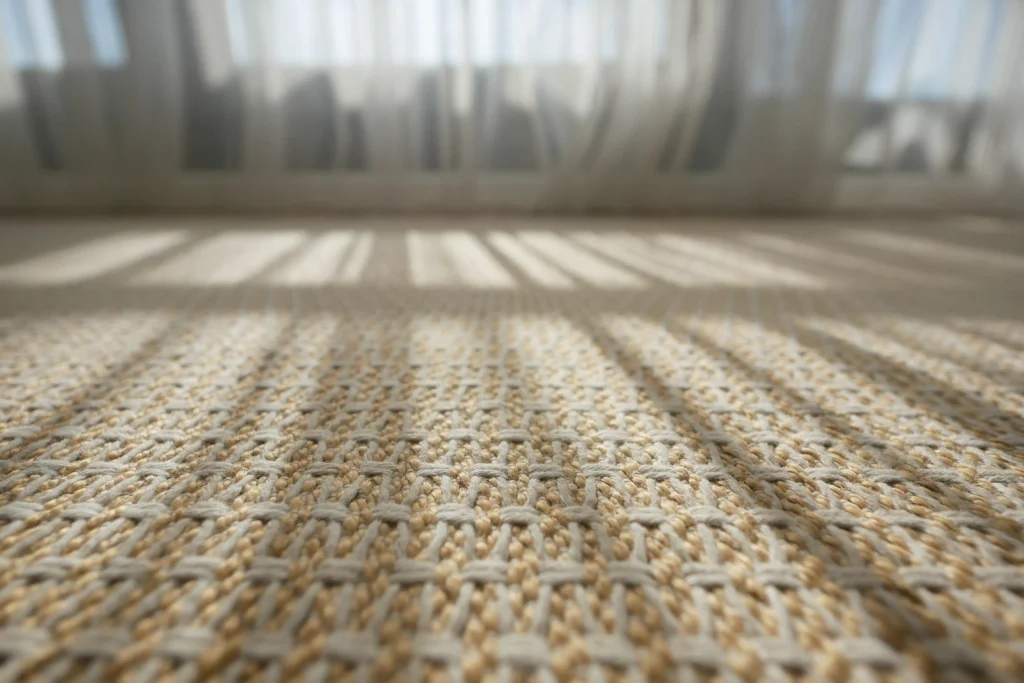
Understanding Flexible Air Ducts
Flexible ducts, typically made from a plastic inner core wrapped with insulation and a protective outer layer, are widely used due to their flexibility and cost-efficiency. They’re commonly installed in tight spaces where rigid metal ductwork would be impractical or too expensive. Despite their benefits, flexible ducts are more susceptible to damage, kinking, or collapsing, which can reduce airflow and efficiency.
These ducts are particularly prevalent in homes built or renovated in the last two decades across Portage and Geauga Counties. Knowing how to maintain them is vital for both comfort and energy efficiency.
The Importance of Air Duct Cleaning
Indoor air quality directly affects health and comfort. Dust, pet dander, mold spores, pollen, and even rodent droppings can accumulate in ducts over time. When the HVAC system is running, these contaminants can be distributed throughout the home.
According to the Environmental Protection Agency (EPA), duct cleaning is recommended if there’s visible mold growth, vermin infestation, or if ducts are clogged with excessive dust and debris. For homeowners in humid areas like Medina County, where moisture can easily enter homes, duct cleaning becomes even more essential to prevent mold growth.
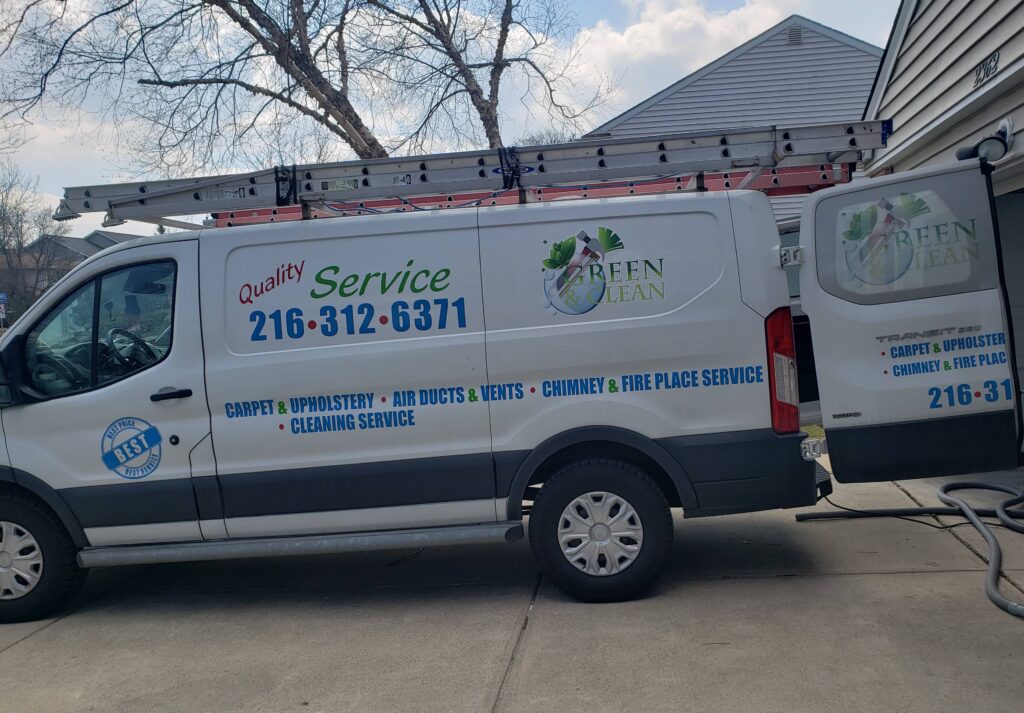
Can Flexible Ducts Be Cleaned Without Damage?
Yes, but with care. Unlike metal ductwork, flexible ducts are more delicate and can be torn or damaged if cleaned using aggressive techniques. Professionals typically use soft-bristle brushes, vacuum systems with HEPA filters, or even compressed air tools to dislodge and remove debris.
One critical point is avoiding the use of rotary brushes with metal bristles, which are too harsh for the inner lining of flexible ducts. Instead, cleaning should be done with soft mechanical methods that can navigate the curves and bends without damaging the ductwork.
In many cases, technicians also inspect the ducts for damage or signs of collapse during cleaning. If a duct has collapsed or is torn, it may need replacement rather than cleaning.
The Cleaning Process Explained
A professional air duct cleaning company will begin by inspecting your HVAC system. They may use cameras to assess the interior condition of the ductwork. Once confirmed, technicians isolate each duct run and attach a vacuum system to create negative pressure, ensuring contaminants do not escape into the indoor air during cleaning.
Flexible ducts are then cleaned using soft, rotating brushes or compressed air whips. These tools gently dislodge debris, which is then captured by the vacuum system. This process ensures that the ducts are thoroughly cleaned without compromising their structure.
According to the National Air Duct Cleaners Association (NADCA), certified professionals follow strict guidelines for cleaning various types of ductwork, including flexible ducts.
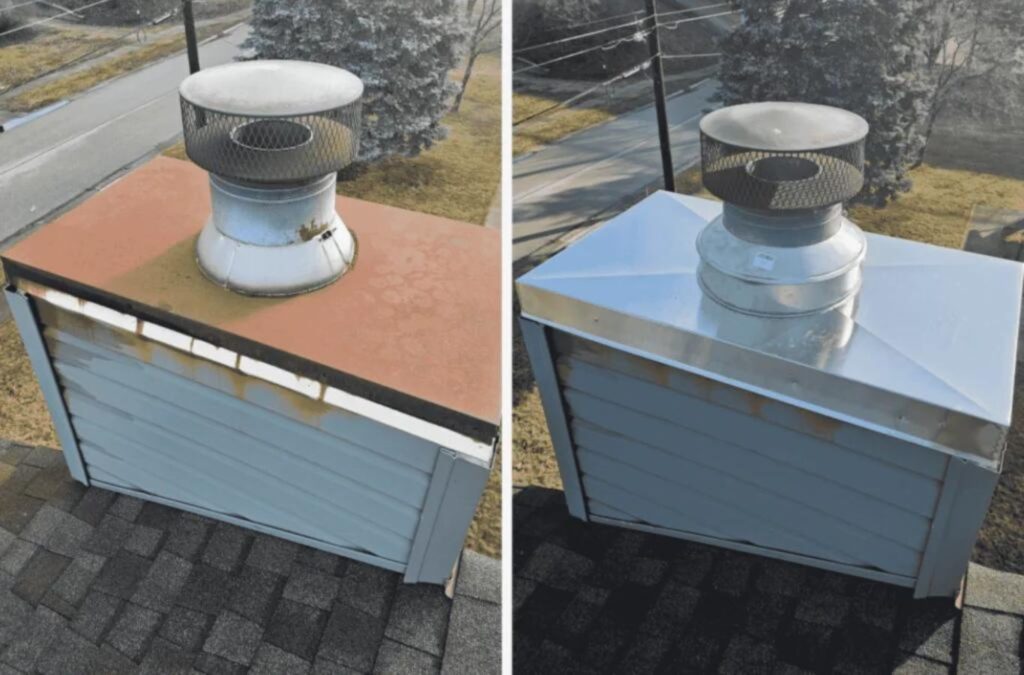
When Should You Clean Flexible Air Ducts?
The frequency of air duct cleaning depends on various factors, including household size, the presence of pets, and environmental conditions. For instance, homes in Summit County with multiple pets or occupants with allergies may benefit from more frequent cleaning—every three to five years.
Signs that it might be time to clean your ducts include:
- A musty odor when the HVAC system runs
- Increased dust accumulation on surfaces
- Uneven airflow or reduced HVAC efficiency
- Allergy or respiratory issues among household members
These indicators are especially common during the seasonal transitions that bring in pollen and humidity across Northeast Ohio.
The Role of Professionals in Duct Maintenance
While some homeowners may attempt DIY duct cleaning, especially using consumer-grade vacuums or brushes, this approach is risky with flexible ducts. The material is prone to punctures and rips, which can go unnoticed and compromise the efficiency of the HVAC system.
Professional cleaning ensures safe practices, thorough cleaning, and damage inspection. Trusted local services like Green and Clean Home Services are trained to handle flexible duct systems with the appropriate care and tools.
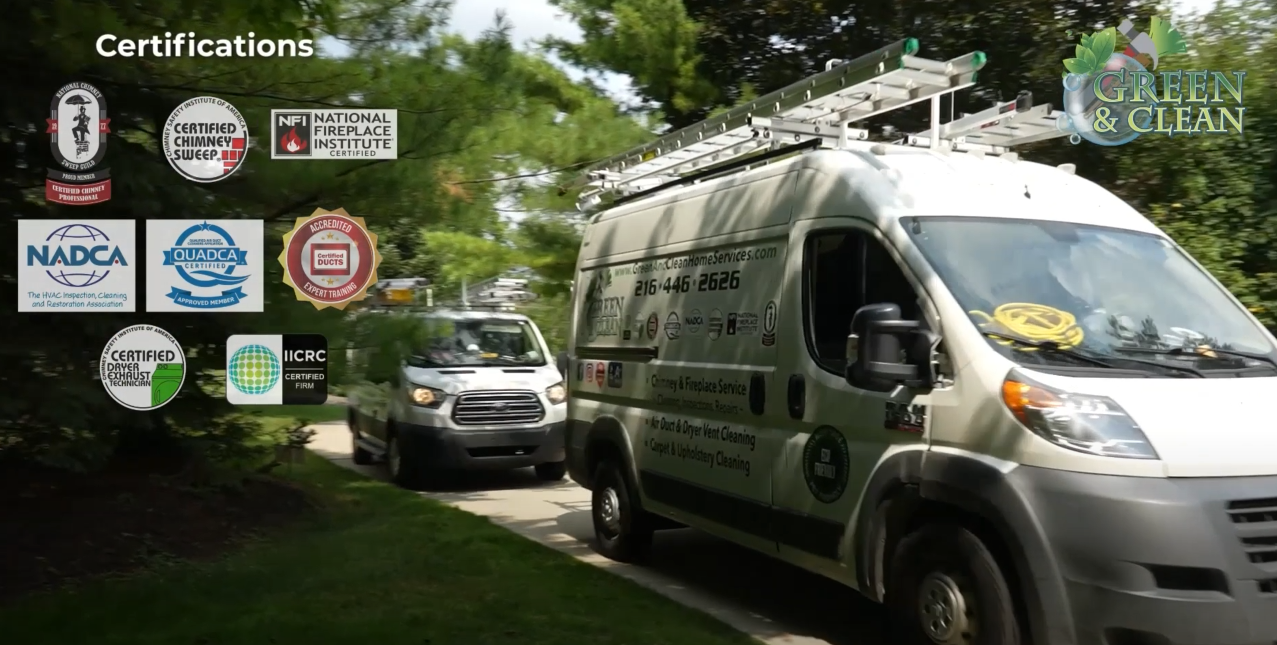
Improving Indoor Air Quality Beyond Duct Cleaning
Duct cleaning is just one part of maintaining healthy indoor air. Homeowners should also:
- Replace HVAC filters regularly
- Use dehumidifiers to control moisture
- Schedule routine HVAC maintenance
- Seal ductwork leaks to improve efficiency
Combining these practices can drastically enhance indoor air quality, especially in older homes or those located near construction zones or agricultural fields.
For more advice, the CDC provides useful resources on maintaining a healthy home environment.
Conclusion
So, can flexible air ducts be cleaned? Absolutely—when done correctly and with the right techniques. Flexible ducts require a gentle yet thorough approach to prevent damage while removing harmful pollutants from your HVAC system. For homeowners in Lake, Cuyahoga, and Medina Counties, investing in regular duct maintenance is key to maintaining both comfort and health.
Whether you’re experiencing allergy flare-ups or simply want to boost your home’s air quality, professional air duct cleaning is a worthwhile service that should not be overlooked.
